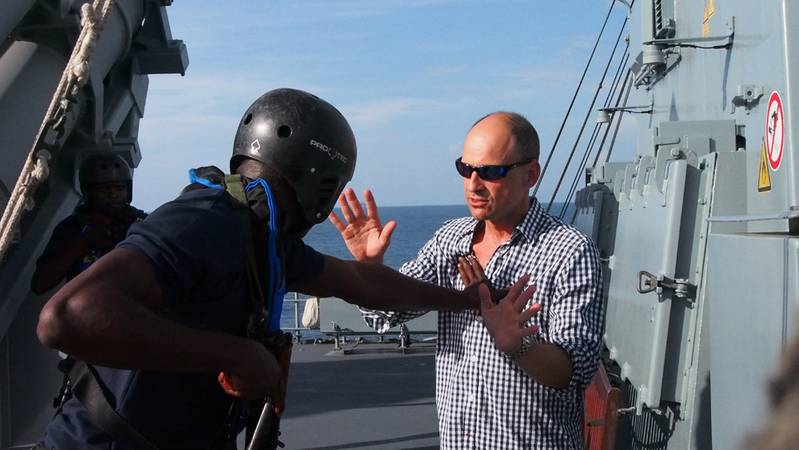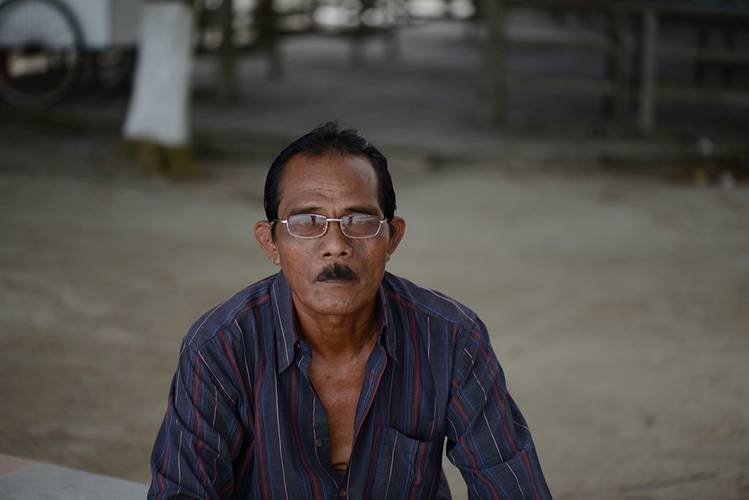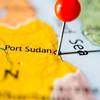Challenging the Myths of Pirate Violence
“In the last five years, pirates have killed at least 411 fishermen and wounded at least 1,000 more, suggested Mujibur Rahman, Chairman of Cox’s Bazar District Fishing Trawler Owners Association (DFTOA). According to the DFTOA, pirates attacked more than 1,000 fishing boats, abducting more than 3,000 fishermen, killed over 45 and collected more than $1.28 million in ransoms from fishery owners of two coastal towns – Chakaria and Maheshkhali, alone from late 2011 to late 2012,” reported a Bangladeshi paper in April 2013. If true then this staggering level of violence eclipses that of any other reports of actual or alleged pirate violence – be it in Africa or South East Asia. Like most forms of maritime “piracy” (which often technically do not even qualify as piracy under the UNCLOS definition) Bangladeshi piracy is an acknowledged local phenomenon that primarily affects locals and local or regional economic interests. International media and watchdogs often only sit up and pay attention when international shipping is affected. Hence, whenever a region grabs the headlines for pirate attacks, we read bizarre news about “the world’s most violent pirates”, but only when their attacks cause casualties amongst the crews of internationally-trading vessels. Some of this has a whiff of fear-mongering about it and generally leaves seafarers confused and frightened about the nature of the piracy threats in the various parts of the world. This is not to say that those casualties reported are not a cause for concern, but what appears to be lacking is a discussion informed by the most basic analysis of the facts. For starters, violence levels in piracy worldwide would appear to be much higher than what is commonly circulated. Like the piracy phenomenon itself, violence is underreported when incidents do not meet certain legal criteria or definitions of piracy. This is legally correct, but it is misleading when assessing the potential for violence (and thus planning appropriate risk mitigation) since the local perpetrators are often the same who commit crimes against local shipping or at least they hail from similar backgrounds. This is true for Somalia, where many of the original pirates were involved in criminal activity against Somali and Yemeni fishing vessels. It is also true for the Gulf of Guinea, where the same Niger Delta youths who prey on inshore traffic and kidnap oil workers are also hired by organised criminals to hijack tankers. Finally, in South East Asia, local criminals (including active or former military personnel) form the operational nucleus for many of the maritime scams including tug-jacking and product theft.
South and South-East Asia Piracy
The local nature of piracy in Asia, as described above, makes it less newsworthy for the international community. When international shipping (though often in a regional context) is affected, like tanker hijackings, then it frequently involves a strong collusive element involving government security forces, hijackers and owners that does not encourage reporting. However, isolated reporting like the one on Bangladeshi fishermen, or the killing of seven Thai seamen off Songkhla port in October 2013, or the slaying of nine Filipino seafarers in the southern Philippines in December 2013 (with some of the victims being beheaded), suggests a particularly ruthless streak amongst some of Asia’s pirates that has no equivalent in Africa. Historically, many of South East Asia`s ghost ship’s original crews in the 1990s were also disposed of by the hijackers – many disappeared without a trace.
Gulf of Guinea Piracy
It has become fashionable to brand the pirates of the Gulf of Guinea as particularly violent. This perception is largely based on anecdotal reports that date back to the 1970s, where European crews faced down pirates on the decks of their ships. It was later reinforced through the rise of the Niger Delta youth militias, who espoused violence as the only means to address their grievances. The level of aggression amongst those youths is felt to be intimidating even by the Niger Delta population, as a number of studies on the Niger Delta Youths have shown. Hence it is not a “natural” Nigerian, let alone West African, trait. Some of this militant attitude carried over to commercially-driven piracy, although the focus of violent groups in the Niger Delta remains on domestic issues, with most of the brutality being reserved for gang fights and disposal of political opponents.
In order to make Nigerian piracy comparable to that in other regions, the focus has to be on the post-insurgency period commencing in October 2009 to eliminate insurgency-related effects.
Between that date and June 2014 Risk Intelligence has documented 738 attacks in West Africa – of which consistently between 80-100 incidents per year occurred in the Gulf of Guinea. Twenty of those incidents involved fatalities – all in or near Nigerian waters. Seven of those 20 incidents involved government security forces. Of the 37 fatalities recorded in that period, 15 were security personnel.
Of the remaining 22, 12 were killed in incidents on inshore waterways. The remaining ten were on offshore vessels, fishing vessels and foreign merchant vessels. Four killings took place in cold blood – two of them on foreign vessels.
More generally, African pirate violence comes across as casual violence, lack of restraint or, especially in the Gulf of Guinea, poor weapons discipline. A study by Risk Intelligence of 93 tanker hijackings in the Gulf of Guinea between 2010 and 2013 showed that the number of weapons discharges had increased, but had not caused a rise in casualties. Crew testimonies suggest that both in East and West Africa drug and alcohol abuse play a major role in attacker violence and erratic behaviour. As the above figures for the Gulf of Guinea show, most casualties have involved security forces, and inshore incidents - not attacks on transiting foreign-flagged vessels. Gulf of Guinea pirates are well armed, and often intimidating, but in terms of fatal attacks there is no reason for them to be singled out over pirates elsewhere.
In the case of Gulf of Guinea – or specifically Nigerian – pirates, there is the mantra that they will attack even when there is an embarked government security force team. This explanation exhibits a fundamental misunderstanding of the nature of Nigerian pirates. They attack, and kill, because they are facing government security forces. The reason is that the pirates are the same youths who face both oppression and extortion by corrupt security forces in the Niger Delta. This combative attitude in the face of armed opposition is largely unique to Nigeria (or Nigerian pirates with a Niger Delta background) and not reflective of general pirate behaviour in West Africa. It also suggests that embarking government security forces may not be as effective in reducing the risks to crews as the embarkation of PCASP has been in the Indian Ocean.
Conclusion
Whatever the actual numbers of Bangladeshi fishermen killed, it is a good example of a specific local situation with unique drivers that are often overlooked by analyses on pirate violence which focus on numbers and trends only in the context of international shipping. The local context provides explanations as to when and where – and against whom – violence can be expected and also as to the true potential for violence in any given region of the world.
Pirate violence is an emotionally charged subject. Better understanding hinges on more accurate and comprehensive reporting and informed analysis. It also requires a common understanding of what constitutes “violence”. Fear-mongering and perpetuation of unfounded myths are unhelpful in alleviating anxieties amongst seafarers and in preparing them for dealing with the problem.
Security companies and specialized media in particular have a responsibility to not stoke the flames for fear of losing relevance. Often as not, good security advice constitutes what enables clients to make sound commercial decisions and protect their crews more effectively when based on the most objective facts available.
The Author
Dirk Steffen is the Director Maritime Security for Risk Intelligence. He has been covering the Gulf of Guinea as a maritime security consultant and analyst since 2004.
e: [email protected]
w: www.riskintelligence.eu
t: +45 70 266330
(As published in the August 2014 edition of Maritime Reporter & Engineering News - http://magazines.marinelink.com/Magazines/MaritimeReporter)

















